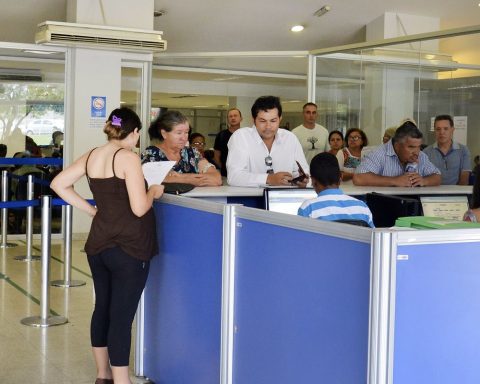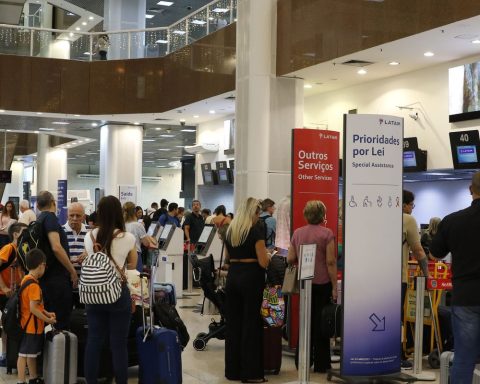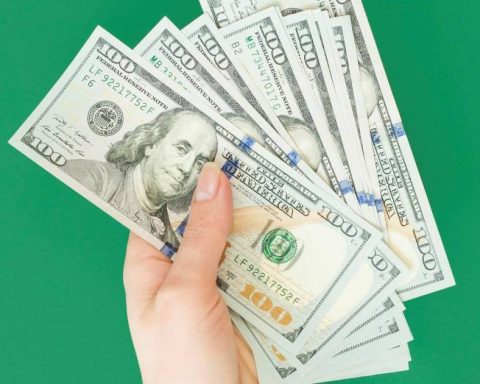The Panorama of Breast Cancer Care in the Unified Health System (SUS), which evaluated procedures for the detection and treatment of the disease from 2015 to 2021 in Brazil, revealed data that, according to experts, are worrying. With only 17% of reach, the country last year recorded the lowest rate of mammography coverage for women between 50 and 69 years old. In 2019, when it had not been representative either, the percentage was 23%. The recommendation of the World Health Organization (WHO) is that 70% of the female population take the exam annually from the age of 40.
According to a report by Panorama, the study provides information on patients diagnosed with breast cancer, based on the C50 code of the International Statistical Classification of Diseases and Related Health Problems (ICD-10), treated in the SUS from 2015 to 2021. RHC data [Registros Hospitalares de Câncer]the period between 2015 and 2020 was analyzed.”
The study conceived by the Avon Institute, a non-profit civil society organization that defends women’s fundamental rights, and the Oncology Observatory, analyzed mammographic screening data, evaluating the rate that measures the SUS’s ability to serve the target population of breast cancer screening tests.
Indices of diagnosis and access to treatments in Brazil were also considered, based on Datasus, the SUS information system. The intention is to contribute to the development of public health policies that allow early discovery, rapid access to therapies and evidence-based decision-making.
According to the survey, more than 437 thousand women underwent chemotherapy procedures in the country between 2015 and 2021. In the analyzed period, the Federal District (DF) had the worst mammographic coverage rate (4%), followed by Tocantins, Acre and Roraima, with 6%.
With the revelation of data that indicate a deficiency of public policies for breast health during the covid-19 pandemic, the executive director of the Avon Institute, Daniela Grelin, stressed that the prospect of more women arriving at SUS with advanced diagnosis and , therefore, with lower chances of cure and quality of life. The impacts of the 2020 to 2021 pandemic, combined with the lack of priority in investments in women’s health, result in numbers that will directly harm the health of Brazilian women in the coming years, said Daniela.
“Breast cancer is the leading cause of cancer death among women in the country and, when discovered at an early stage, has a 95% chance of cure,” he added.
As with the coverage rate, the numbers of exam production also dropped. In 2020, the performance of mammograms fell by 40% and, in 2021, despite the vaccine and the resumption of various activities, the drop was 18% in the national average, compared to data from 2019, period before the pandemic. From 2015 to 2021, 28,255,364 mammography exams were performed in the SUS, among which 27,853,787 were approved.
In 2020, the Midwest was the region with the sharpest drop in the number of exams (50%). The North Region had a reduction of 23% in 2020 and of 4% in 2021, compared to 2019. In 2021, the biggest reduction was in the South Region (23%).
According to the study, the decrease in coverage and production of mammograms, which is the main screening test and diagnosis of breast cancer, results in late evaluation for the arrival of the female population to treatment.
For the coordinator of the Oncology Observatory, Nina Melo, it is essential to know the local scenario to guide actions. “Panorama plays this role and is a great ally of the health manager, both at the municipal and state levels, to act more effectively. Breast cancer already had challenges related to diagnosis and access to treatment, which were heightened by the covid-19 pandemic. Spreading this alarming information both nationally and regionally is critically important,” she said.
calls
The numbers of advanced diagnoses of the disease in Brazil from 2015 to 2021 are equivalent to 42% of cases. Advanced cases who received treatment procedures in 2020 reached 43%, and in 2021, 45% of the total cases of women who received such procedures in stages 3 and 4.
Last year, 45% of women who underwent chemotherapy to treat breast cancer were diagnosed at an advanced stage. The percentage means 157 thousand cases in stages 3 and 4. In the same stages of the disease, more than 28 thousand Brazilian women underwent radiotherapy for breast cancer.
Another information from the research is that more than 60% of diagnosed women started treatment after the deadline determined in Law 12,732/12, which is up to 60 days from the confirmation of cancer. The data show that, in 2020, the average time was 174 days between the confirmation of the diagnosis and the beginning of the first treatment. “People waited 114 days longer than prescribed by law to start treatment,” the study found.
Breed
The main finding of the analysis of the ethnic-racial profile is that most of the advanced diagnoses (47%) are in black women. Only 24% of breast imaging exams were performed in this population. In white women, the results reached 37% of mammograms performed by the SUS and 39% in the results of advanced diagnoses. The conclusion is that the numbers prove important differences in breast cancer care between black and white women.
Avon Institute
In addition to carrying out breast cancer care actions, the Avon Institute works to combat violence against girls and women. “Through its own actions and also partnerships with civil society institutions, the private sector and public authorities, the Avon Institute focuses on the production of knowledge and the development of initiatives that mobilize all sectors of society to advance causes.”
Since 2003, when it was created, the social arm of Avon in Brazil has invested R$ 180 million in more than 400 projects in the country, which have benefited more than 5 million women with partnerships with more than 120 private companies in the initiatives.
The Oncology Observatory is a platform online of Open Data for social transformation, conceived by the Todos Juntos Contra o Câncer Movement.


















